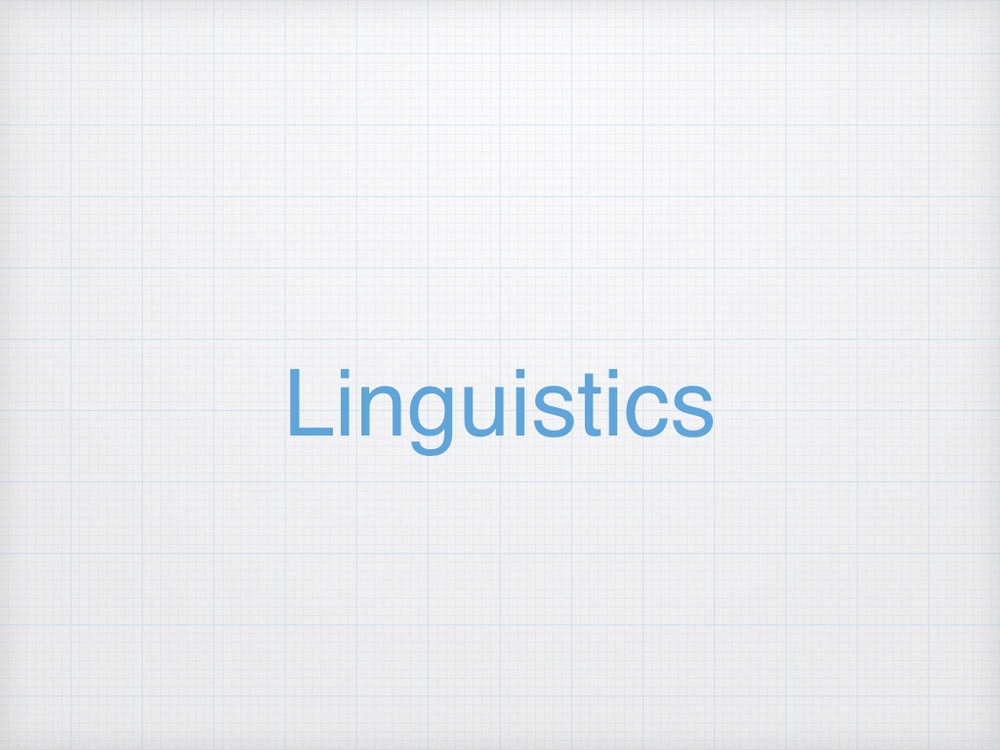ガウゼの法則をPythonで学ぶ
以前の投稿でガウゼの法則について見た.
今回はこのガウゼの法則をシミュレーションで可視化した.
コードは下記.
import numpy as np
import matplotlib.pyplot as plt
import matplotlib.colors as mcolors
import imageio
# パラメータの設定
GRID_SIZE = 50 # グリッドのサイズ
num_agents_A = 500 # エージェントAの初期数
num_agents_B = 500 # エージェントBの初期数
p_reproduce_A = 0.05 # エージェントAの繁殖確率
p_reproduce_B = 0.03 # エージェントBの繁殖確率(Aよりわずかに低い)
p_die = 0.02 # 死亡確率
num_time_steps = 300 # シミュレーションのステップ数
# グリッドの初期化
grid = np.zeros((GRID_SIZE, GRID_SIZE), dtype=int)
positions = np.random.choice(GRID_SIZE * GRID_SIZE, num_agents_A + num_agents_B, replace=False)
positions_A = positions[:num_agents_A]
positions_B = positions[num_agents_A:]
grid.flat[positions_A] = 1 # エージェントAを配置
grid.flat[positions_B] = 2 # エージェントBを配置
# 隣接セルを取得する関数
def get_neighbors(i, j, grid_size):
neighbors = []
for x in [-1, 0, 1]:
for y in [-1, 0, 1]:
if x == 0 and y == 0:
continue
ni, nj = i + x, j + y
if 0 <= ni < grid_size and 0 <= nj < grid_size:
neighbors.append((ni, nj))
return neighbors
# カラーマップの設定(0: 白、1: 青、2: 赤)
cmap = mcolors.ListedColormap(['white', 'blue', 'red'])
# シミュレーションとGIFの作成
with imageio.get_writer('gause_simulation.gif', mode='I', fps=10) as writer:
for t in range(num_time_steps):
new_grid = grid.copy()
for i in range(GRID_SIZE):
for j in range(GRID_SIZE):
if grid[i, j] == 0:
continue
agent_type = grid[i, j]
# 死亡判定
if np.random.rand() < p_die:
new_grid[i, j] = 0
continue
# 繁殖判定
p_reproduce = p_reproduce_A if agent_type == 1 else p_reproduce_B
if np.random.rand() < p_reproduce:
neighbors = get_neighbors(i, j, GRID_SIZE)
np.random.shuffle(neighbors)
for ni, nj in neighbors:
if new_grid[ni, nj] == 0:
new_grid[ni, nj] = agent_type
break
# 移動判定
if np.random.rand() < 0.5:
neighbors = get_neighbors(i, j, GRID_SIZE)
np.random.shuffle(neighbors)
for ni, nj in neighbors:
if new_grid[ni, nj] == 0:
new_grid[ni, nj] = agent_type
new_grid[i, j] = 0
break
grid = new_grid.copy()
# グリッドのプロット
fig, ax = plt.subplots(figsize=(6, 6))
ax.imshow(grid, cmap=cmap, vmin=0, vmax=2)
ax.axis('off')
plt.tight_layout()
# フレームをGIFに追加
fig.canvas.draw()
image = np.frombuffer(fig.canvas.tostring_rgb(), dtype='uint8')
image = image.reshape(fig.canvas.get_width_height()[::-1] + (3,))
writer.append_data(image)
plt.close()


